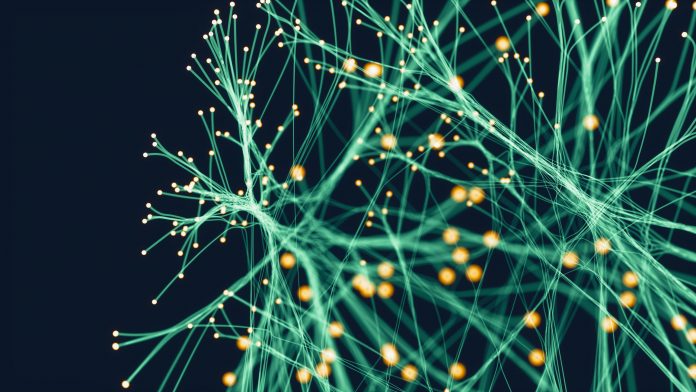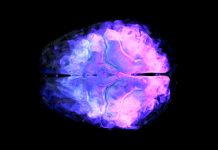A single set of basic networking principles governs how neurons wire together, shaping the brain’s circuitry and neuronal connectivity
Physicists and neuroscientists from the University of Chicago, Harvard, and Yale conducted a study published in Nature Physics on January 17, 2024, unveiling a revolutionary understanding of how neurons form connections within the brain.
The research suggests that the complex network of neuronal connectivity stems from general principles of networking and self-organisation rather than being driven only by the biological features of individual organisms.
Challenging traditional assumptions
The study challenges traditional assumptions about the randomness of neuronal connections, led by Stephanie Palmer, PhD, Associate Professor of Physics and Organismal Biology and Anatomy at UChicago.
Palmer explains, “When you’re building simple models to explain biological data, you expect to get a good rough cut that fits some but not all scenarios. You don’t expect it to work as well when you dig into the minutiae, but when we did that here, it ended up explaining things in a way that was really satisfying.”
Neuronal connectivity: The role of neurons
Neurons, the building blocks of the brain, communicate through a complex web of connections called synapses. Despite the seemingly random nature of these connections, the study reveals that networks of brain cells tend to be dominated by a small number of strong connections, forming a “heavy-tailed” distribution.
This distribution is crucial for organisms to think, learn, communicate, and move.
The research team, which included Christopher Lynn, PhD, Assistant Professor of Physics at Yale University, and Caroline Holmes, PhD, a postdoctoral researcher at Harvard University, analysed connectomes from various model organisms such as fruit flies, roundworms, marine worms, and the mouse retina.
The connectome data provided insights into how neurons form connections to communicate.
Developing the model
The researchers developed a model based on Hebbian dynamics, a concept introduced by Canadian psychologist Donald Hebb in 1949. The model posits that “neurons that fire together wire together,” meaning that the more two neurons activate simultaneously, the stronger their connection becomes.
This model accurately reproduced the observed “heavy-tailed” connection strengths across different organisms, suggesting a common underlying principle of network organisation.
The study also highlights clustering, wherein cells link with other cells via shared connections. An analogy is found in social situations, where individuals introduced by a common friend are more likely to become friends with each other. “These are mechanisms that everybody agrees are fundamentally going to happen in neuroscience,” said Holmes, emphasising the broad applicability of the findings.
Dealing with the unexpected
However, the researchers acknowledge the inherent complexity and randomness in biological systems. Neurons may disconnect and rewire, and weak connections may be pruned while stronger ones form elsewhere.
The model was adjusted to account for this randomness, underscoring the delicate balance required for accurate predictions. Importantly, since the identified principles arise from general networking concepts, the researchers envision extending their work beyond the realm of the brain.
“That’s another cool aspect of this work: how the science got done,” Palmer said. “We can talk about other types of networks in future work, moving beyond the intricacies of the brain to explore broader applications.”
Editor's Recommended Articles
-
Must Read >> Prioritising brain health in Europe and beyond














